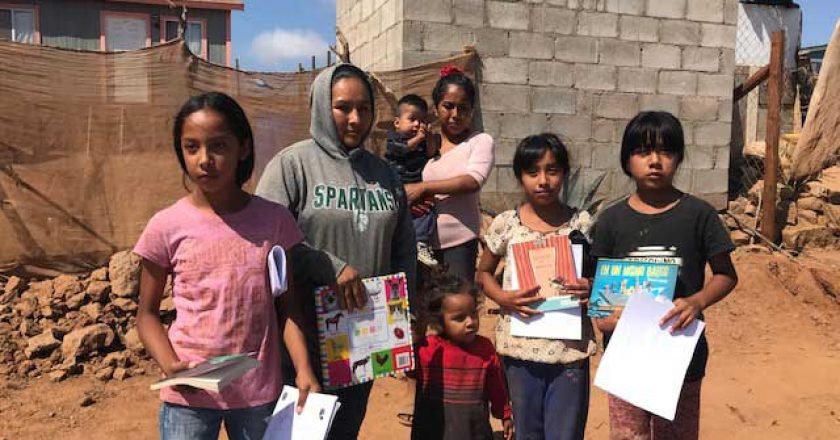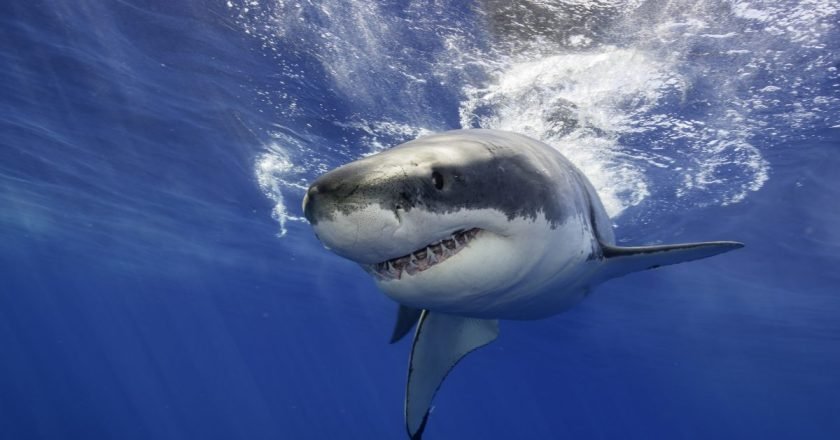Some people believe that God created the world in 6 days, and on the 7th day He rested. Resolving their …


Some people believe that God created the world in 6 days, and on the 7th day He rested. Resolving their …

Fundacion de Amazonas was founded about 6 years ago, and its original goal was to provide shelter and employment opportunities …

Debra Blake and Carol Woodruff are among the many expats working with the local community to improve the living standards …

In the course of one’s lifetime, the people who have the most significant and lasting impact on us (besides the …

The GDP (Gross Domestic Product) is the monetary value of manufactured goods and services produced within a country for a …

Ensenada, the Cinderella of the Pacific, boasts many natural attractions, and one of its finest is Islas Guadalupe, a volcanic …

Dr Jeffery Van Wingen, a Michigan surgeon, has offered some tips on how to prevent contamination from covid-19 when buying …

The spooks and ghouls of Halloween have gone into hiding; the departed loved ones who were honored during Day of …

In Steven Spielberg’s 2002 film, “The Minority Report,” facial recognition technology was present at every transit center and port of …

Playa Hermosa is rapidly becoming much more than just a beautiful place to relax in the sun and frolic in …